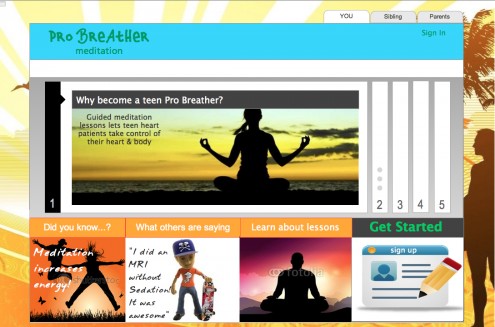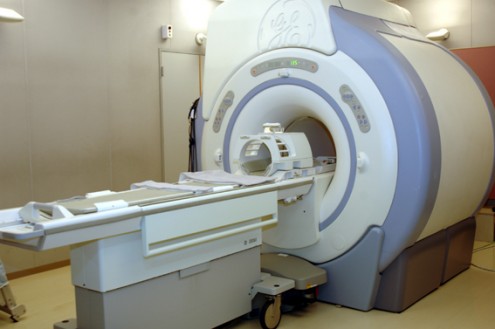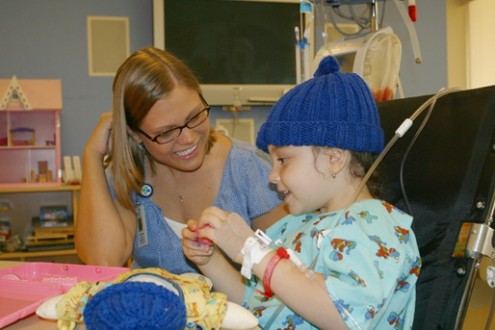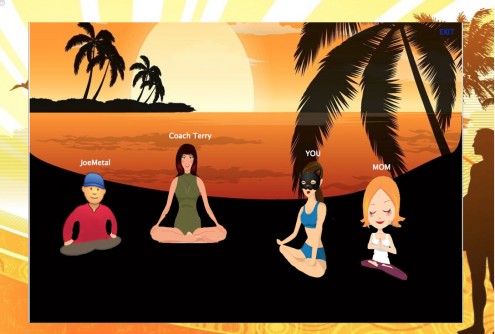By: Fawn Ellis
Keywords: Child and MRI, Health, Social, Control, Fantasy
Final presentation poster: Click here
Design Goal and Interaction vision:
Teen heart patients must undergo sedation during the MRI, which allows nurses to take complete control of the heart to achieve a clear image. Sedation, however, tires the body & adds family stress. The design goal is to create a holistic experience, includes family, which reduces anxiety and the need for sedation. The interaction elicits what is important to teens: control, social relatedness & fantasy.
Research Explorations:
To develop a meaningful product, I conducted an in depth literature search to understand how children make sense of their bodies, how chronic illnesses affect children and the family emotionally and dynamically, as well as calming and relaxing techniques for anxiety; breathing proved beneficial.
To get into the minds of teens, exploratory research was conducted. For this I visited the children’s science museum and a teen magazine section to observe interactions and what interests teens. I also followed teens on facebook to see how they communicate and what has meaning for them. What I found; relating with other teens & moving in packs, fantasizing about future outcomes and being in control were important factors.
Lastly, I met with health and meditation experts to observe, interview and partake in both an MRI and meditation. This allowed me to get a deep understanding of the MRI and solution-based experience.
Design Explorations:
During the idea generation phase, I role-played with peers the intended interaction. The first prototype was also tested in this manner. It showed I needed more feedback and clear definition of user actions.
In the interim, I spoke with a respiratory therapist, and meditation student to see if it would satisfy health industry & meditation needs. The outcome was positive.
The second prototype was tested with 4 teens. Pro Breather was well received and only small changes, e.g. picking music, private family lessons, avatar definition, were needed to create a more personal connection.
Lastly, I tested the remote meditation lesson interaction via a skype phone call with 1 meditation instructor and 3 remote participants. The lesson was successful in achieving control, fantasy and social, however, to ensure future success, warm ups need to be in every lesson to open people up, visuals of warm up poses, setting up your environment and avatar interaction need to be further defined and developed.
Final Design:
Based on my research findings, I developed, Pro Breather; online guided meditation lessons for teen heart patients.
Teens can participate in live meditation lessons, where they learn to control their heartbeat and enter into a fantasy based mental state. During the lesson, they can physically engage with participants and the coach by speaking through the computer. This allows teens to connect. Teens can further bond and receive support by inviting friends & family to the lessons via Facebook or Twitter. They can also meet and chat with other teenage heart patients who share similar interests. At the end of the lesson individual and group concerns can be shared and discussed.




